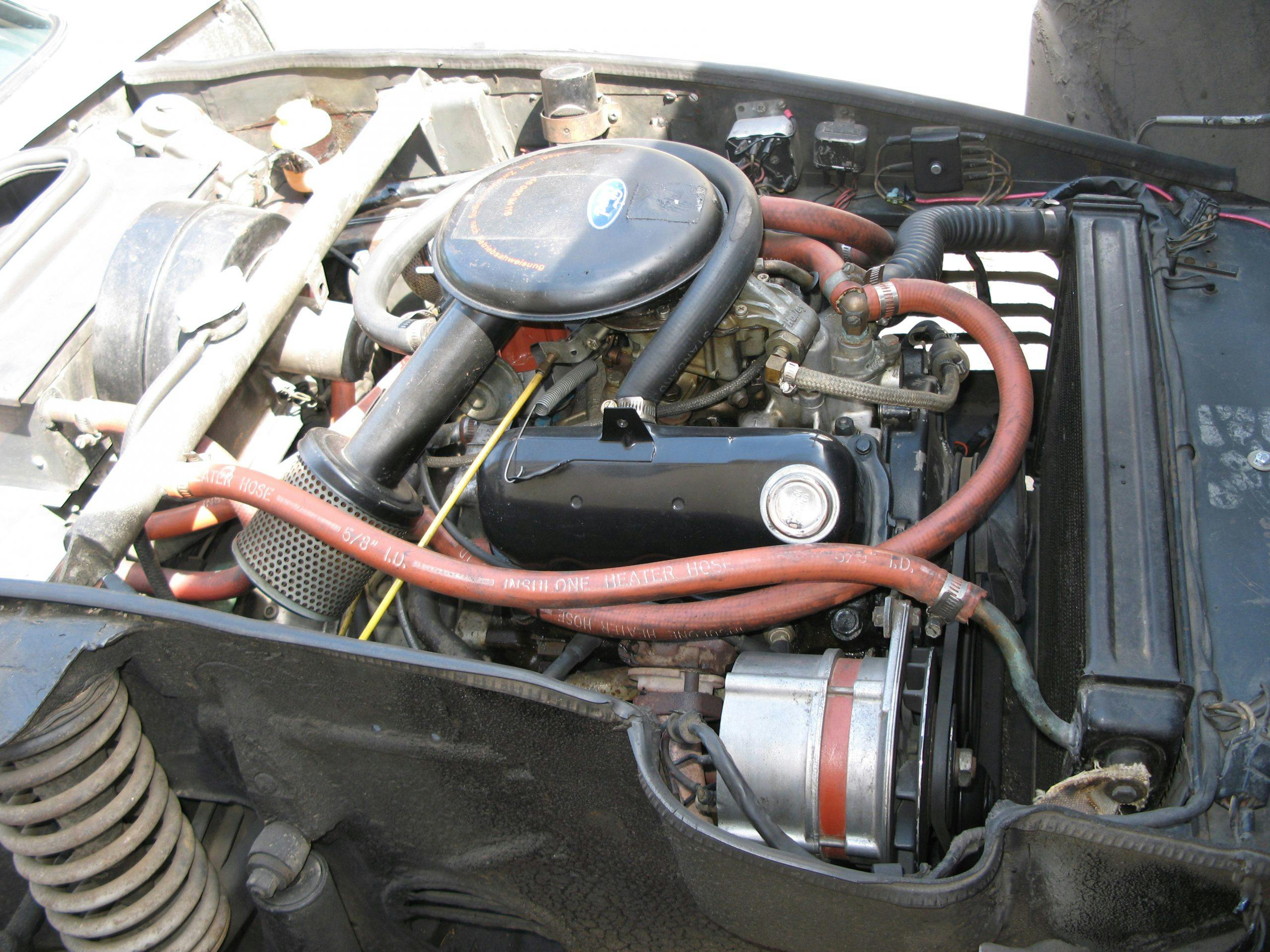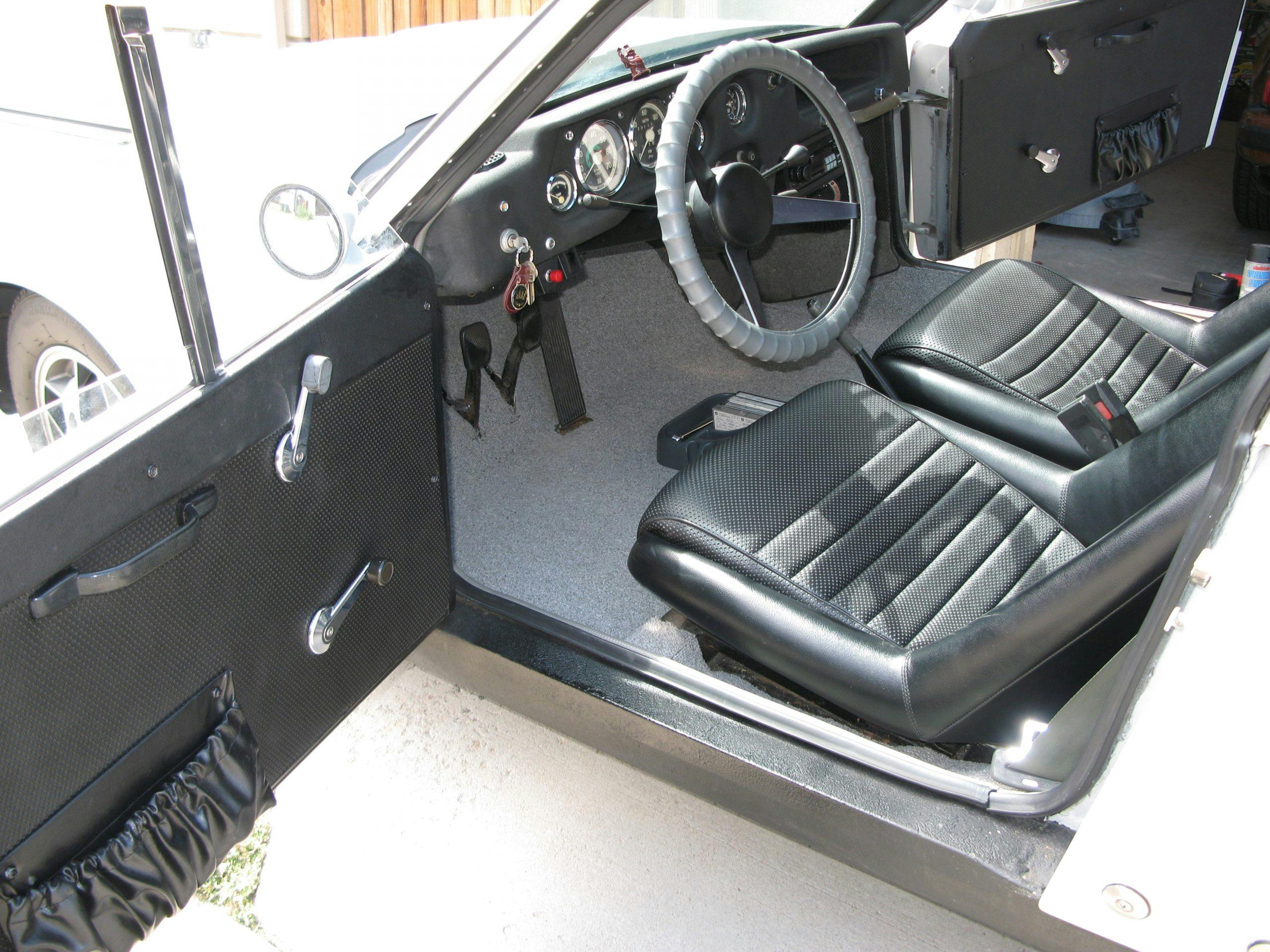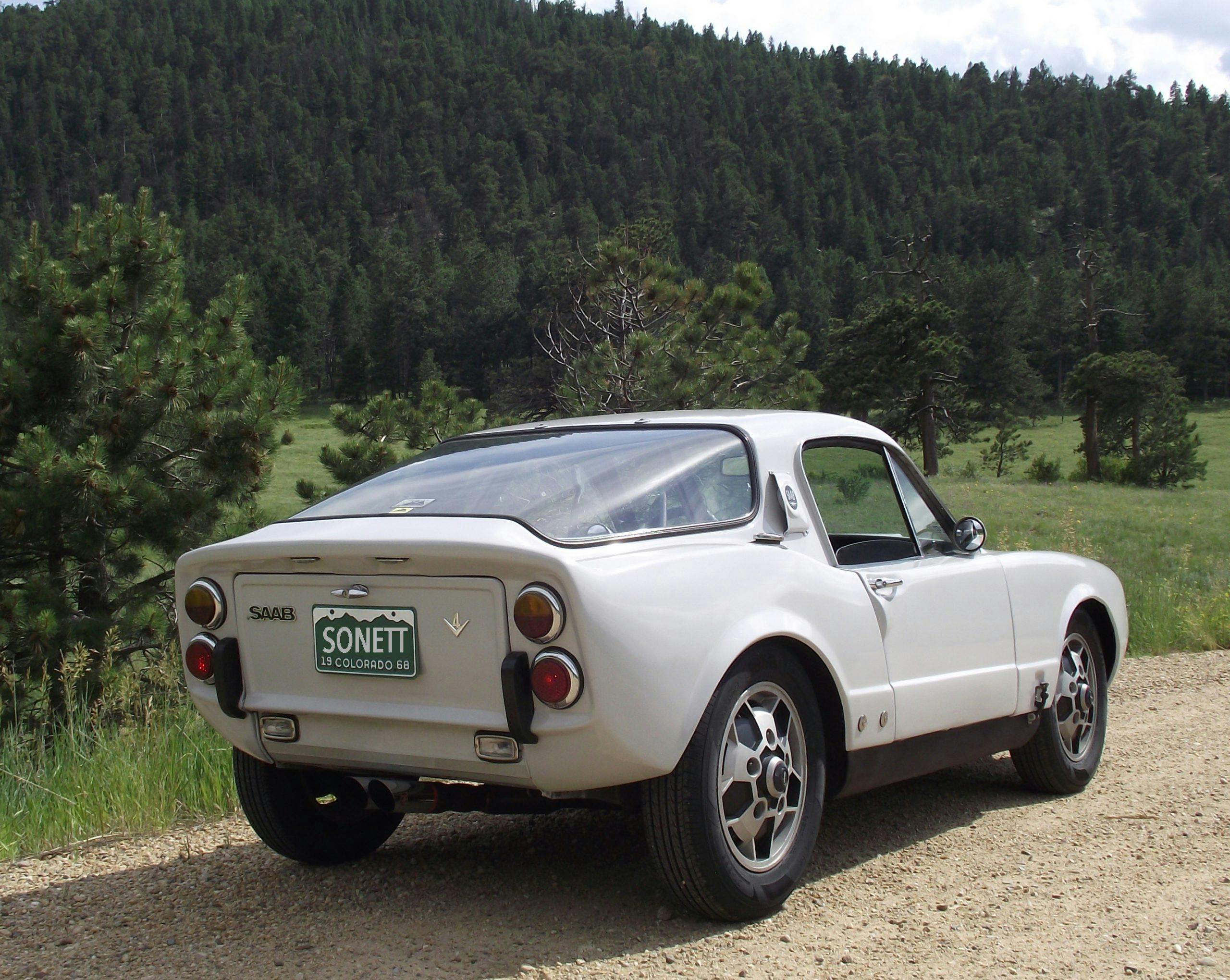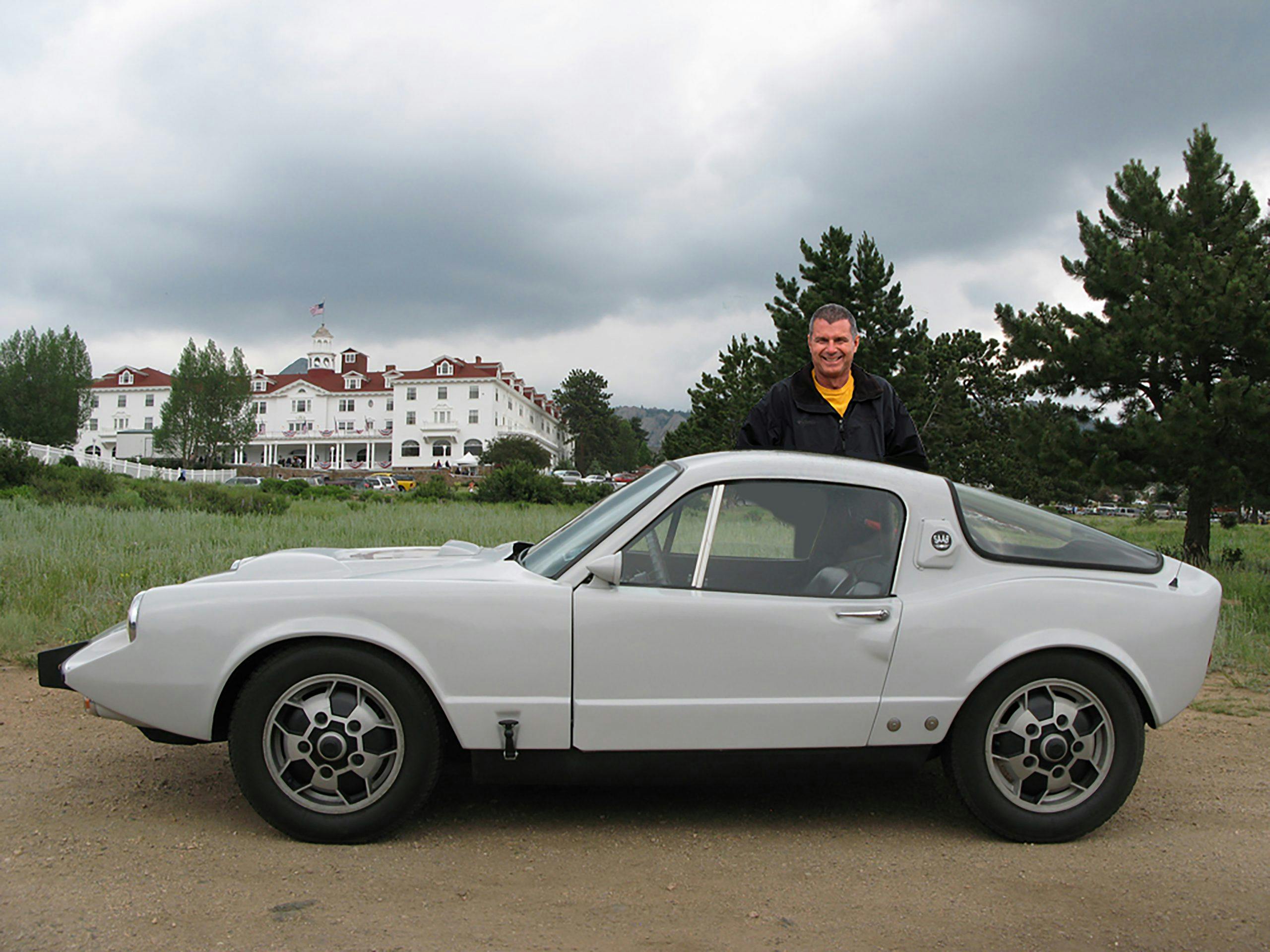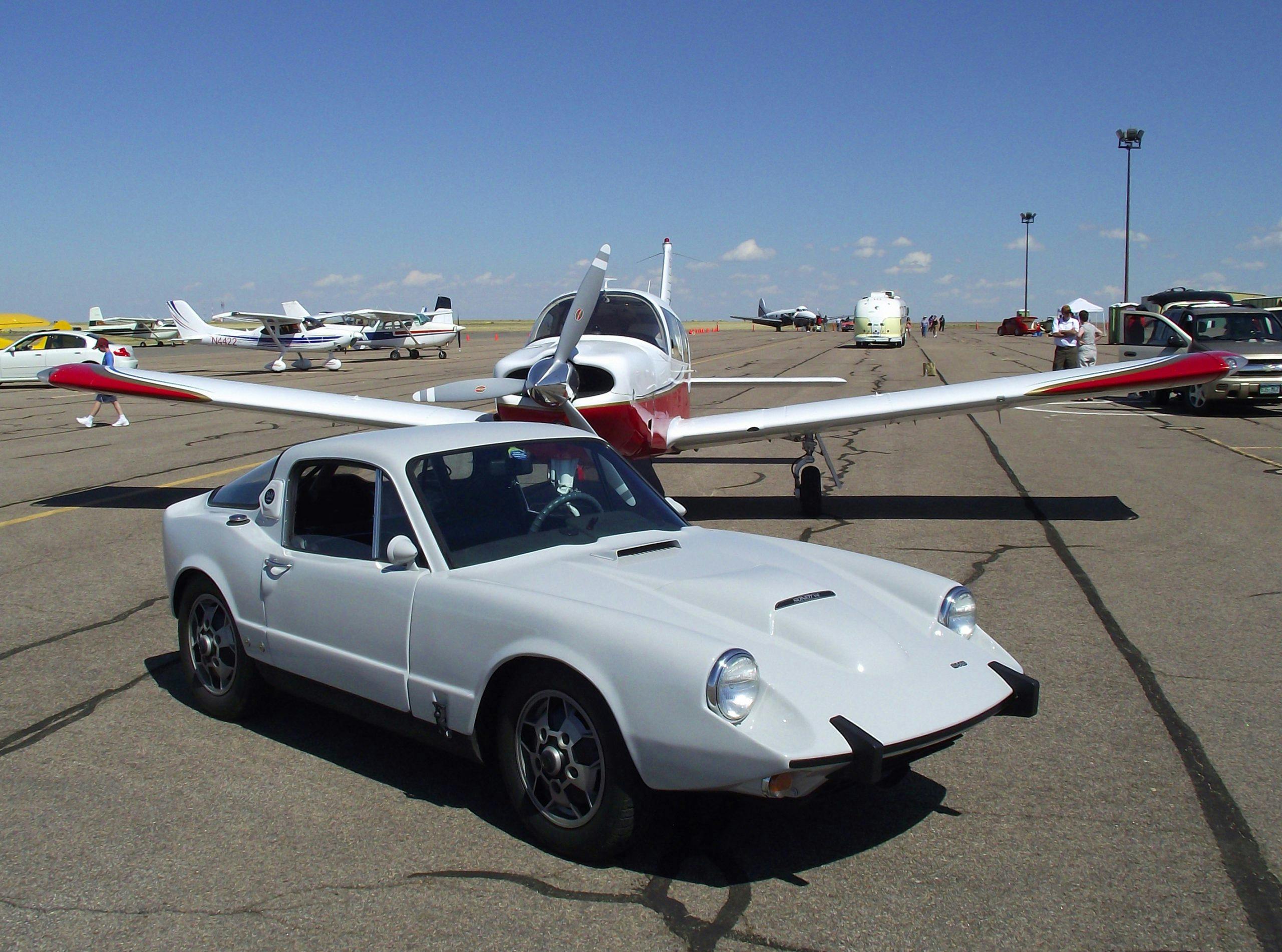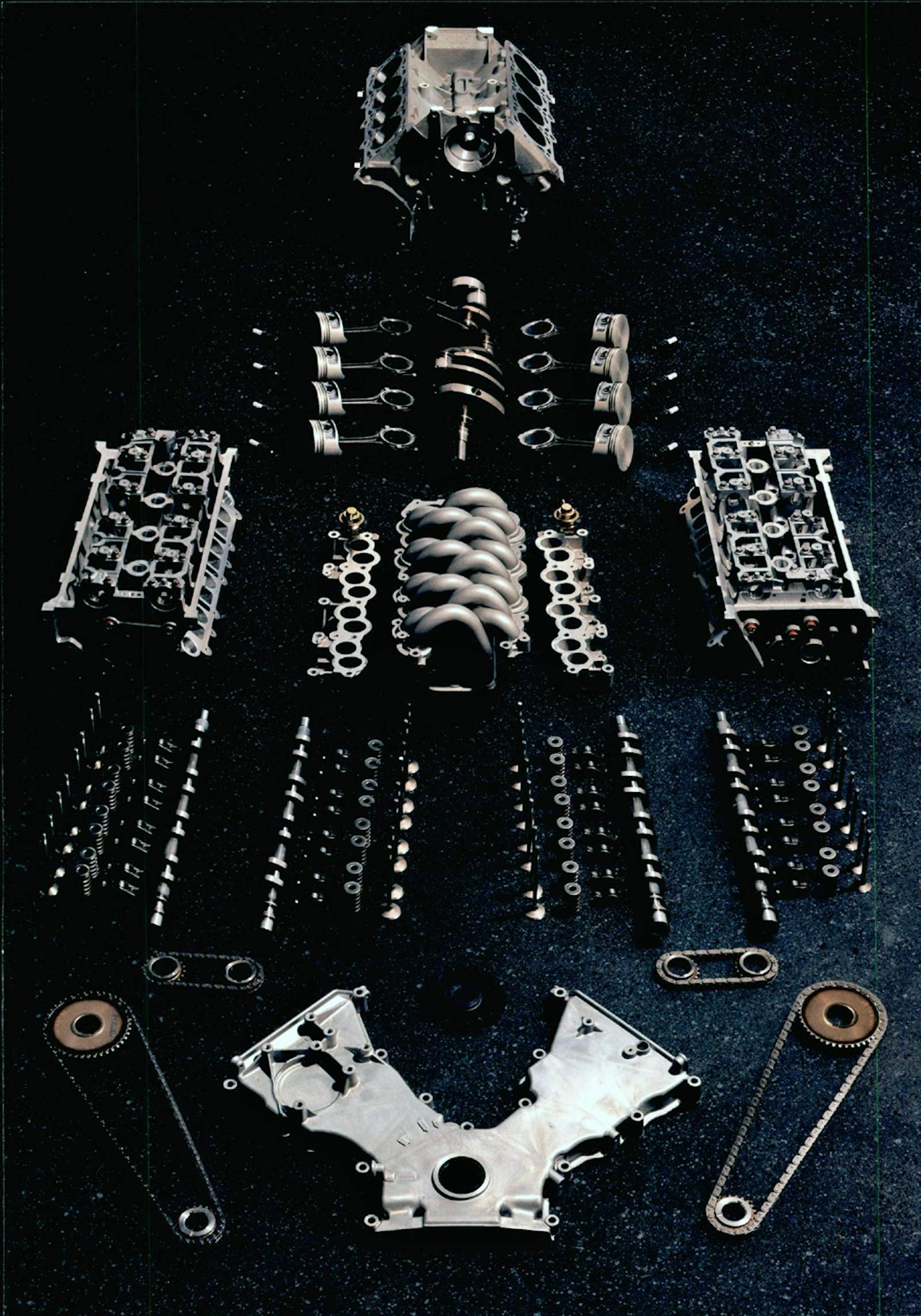Rides from the Readers: 1968 Saab Sonett
Hagerty readers and Hagerty Drivers Club members share their cherished collector and enthusiast vehicles with us via our contact email, tips@hagerty.com. We’re showcasing some of our favorite stories among these submissions. To have your car featured, send complete photography and your story of ownership to the above email address.
Editor’s note: Though most installments in this reader-focused series follow a standard format, it was most appropriate to let Greg tell this tale in his own words. Enjoy!
In 1983, while teaching high school in my early 30s, I became aware of Saab. One of my students and I would talk cars whenever more important tasks could be ignored. His father was a Saab tech, and together they were building Tim’s first car, a 1969 Saab 96, as stock and original as a rebuilt car could be. It was a nut-and-bolt restoration being completed in their home garage. For months Tim educated me about the brand and its vehicle’s details. By spring he had me in my first Saab; a 1976 99 EMS that was destined for the crusher but too nice to throw away. I restored the interior and painted the body while Tim rebuilt the complete drivetrain. I fell in love with the power, handling, and reliability of that car and have always owned Saabs since.
In the late 1990s I decided I wanted a Saab Sonett; the little two-seat fiberglass-bodied Swedish sports car. I found a 1972 that had been raced and needed bodywork, paint and trim, and as it turned out, a transmission too. In the middle of that work, I visited a local Saab repair shop for some used parts (the same shop Tim had worked at in high school and where I’d purchased my crusher 99). I saw a notice on their wall board of a 1968 Sonett V4 for sale. That was the one I really wanted, with the earlier ’67–69 body style. I ended up owning both Sonetts for about three years, completing both restoration/refurbishments.
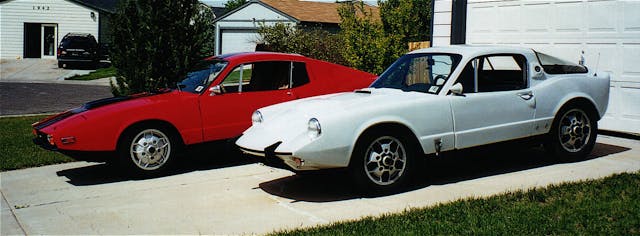
The Sonett is basically a steel box frame covered in plastic with a 1.5-liter German Ford V-4 driving the front wheels through a four-speed manual transaxle. It handles beautifully with rack-and-pinion steering, and weighs about 1600 pounds.
In 2001 I sold the ’72 to Tim to open up garage space for my next purchase (a 1974 Porsche 911), but I’ve held on to the ’68 and it may be the last car I ever sell.
When I first inspected it in the field behind the repair shop it appeared a tired mess, with weeds having grown up into the engine bay. The shop owner insisted it was a solid car and offered it to me for a week-long trial before I commit. I picked it up on a Monday and gave him a check on Friday.

All of its issues appeared to be cosmetic, as it performed flawlessly that week, and has ever since. The body and interior both needed a lot of attention. I changed the fluids, did some minor bodywork, gave it a coat of paint, had the seats professionally reupholstered, replaced carpet and interior trim, and addressed other aesthetic needs as required. After 22 years of ownership and use, I still change its fluids, but otherwise I have never had to touch the engine or transmission. It’ll do 100 mph on the flat and climb to the top of our highest Colorado mountain roads at more than 12,000 feet of elevation. I’ve told many I know that this Saab may be the most dependable of the six vehicles I currently own, and it’s the oldest of them all.
“Flipper” is a rare car. Saab built approximately 1600 copies of this model from 1967 through ’69, then went on to build about 8400 of the more popular ’70–74 model. I really enjoy taking this one out to car shows and events, as it’s always a curiosity to those who have heard of Saab but never knew this model existed. Of course, there are always several in the crowd who know all about these, but they assure me they “haven’t seen one in ages.”
On a final note: Tim, my former student, currently owns and operates his own Saab repair shop.

